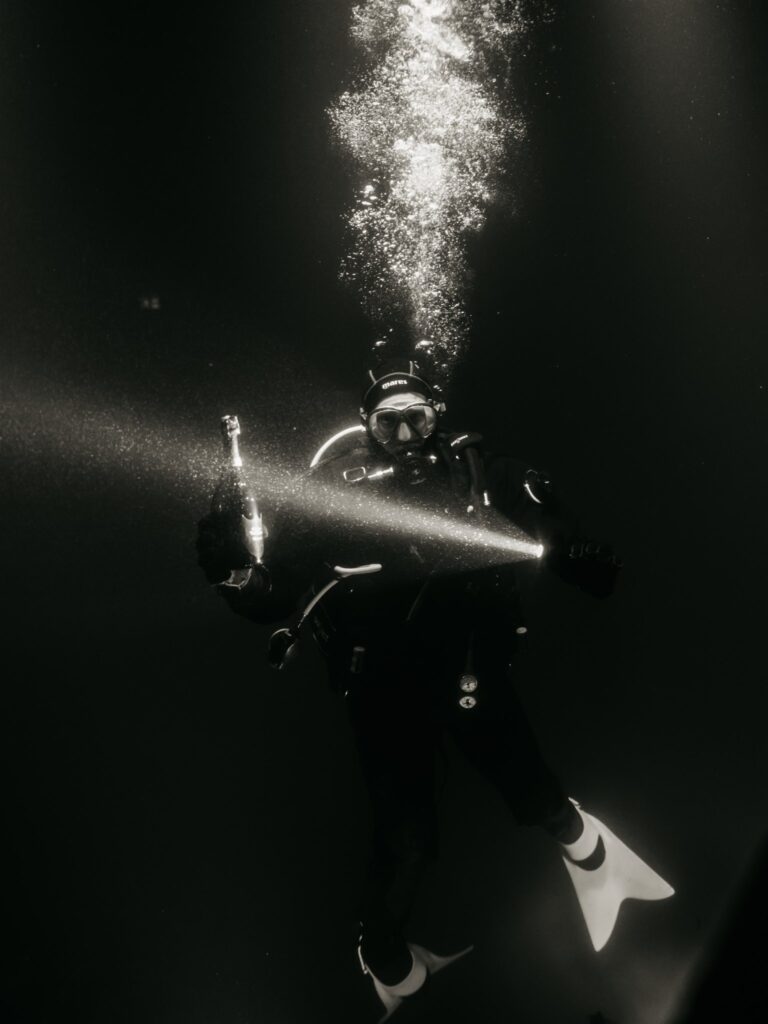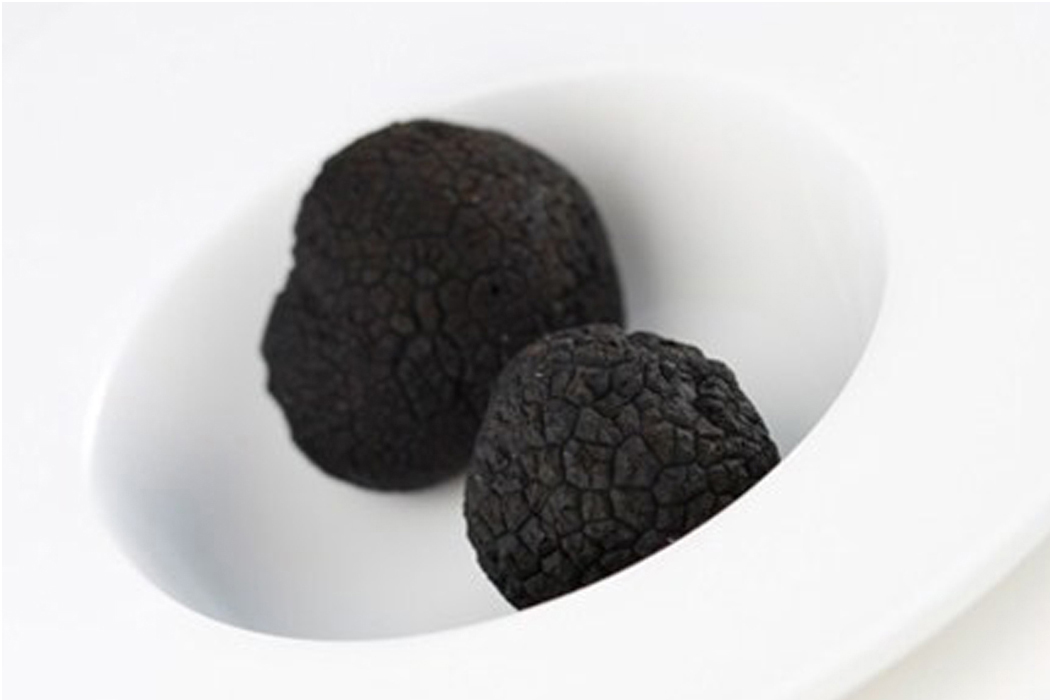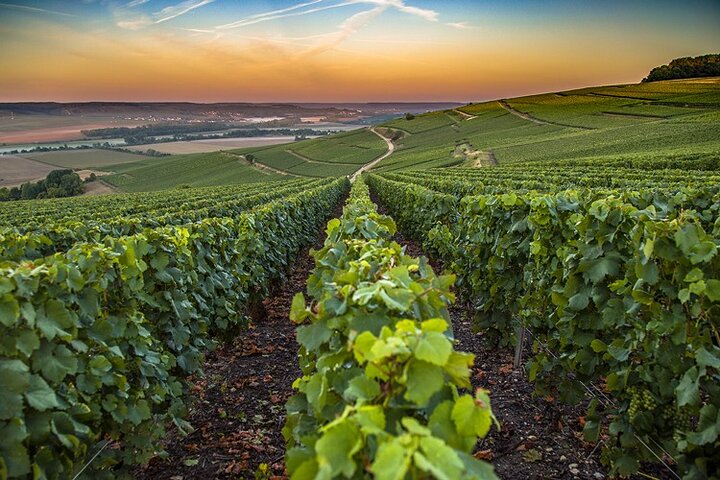Triumphant rise of Champagne as a legitimate, high-performing, and deeply rewarding investment asset. [ read the full champagne story ]
Estimated reading time: 15 minutes

For too long, the effervescent spirit of Champagne was relegated to a singular, beautiful purpose: celebration. It was a drink to be consumed, not collected; a joyous accompaniment to life’s fleeting moments, not a solemn asset to be locked away in a cellar. But for those who, like Richard Juhlin, possess a profound understanding of Champagne’s aging potential, its complexity, and its cultural significance, this perception has always been an anachronism. A quiet revolution has been unfolding in the world of fine wine, and at its very heart is the triumphant rise of Champagne as a legitimate, high-performing, and deeply rewarding investment asset.
In this extensive guide, we will delve into the intricate world of Champagne investment, dissecting the economic forces that have driven its ascendancy, identifying the key players and their most sought-after cuvées, and providing a practical roadmap for building a collection that is both a financial asset and a source of immeasurable personal pleasure. We will show that for the true Champagne connoisseur, investing in this liquid gold is not merely a diversification strategy—it is a logical and elegant extension of a lifelong passion.
Part I: From Celebration to Cellar: The Rise of a Liquid Gold Standard
The financial world has long been fascinated by alternative assets—collectibles that offer returns uncorrelated to traditional stock and bond markets. Over the last two decades, fine wine has cemented its place at the top of this list, consistently outperforming major indices and acting as a safe haven during periods of economic turmoil. Yet, within the world of fine wine, a sub-category has emerged from the shadows to become a star performer: Champagne.
The evidence is clear and compelling. The Liv-ex Champagne 50 Index, which tracks the price performance of 50 of the most significant Champagne bottlings on the secondary market, has been a standout performer. Over the past 15 years, it has not only outperformed the broader Liv-ex 100 index but has at times rivaled the explosive gains seen in the most coveted Grand Cru Burgundies. This is no accident. The rise of Champagne as an investment is a direct result of a perfect storm of economic and cultural factors that have converged to create an irresistible market dynamic.
The Economics of Bubbles: Supply, Demand, and Scarcity
The fundamental principle of any investment-grade asset is a simple equation: finite supply meeting increasing demand. For Champagne, this equation is elegantly balanced.
- Limited Production: Unlike other industries that can scale up production to meet demand, the very nature of Champagne production is dictated by the laws of terroir and time. The region itself is limited in size, and the top houses produce their prestige cuvées only in exceptional vintage years. This creates an immediate and pronounced scarcity from the moment the bottles are released. As these bottles are consumed over time, the remaining stock becomes progressively rarer, driving up the price on the secondary market.
- Globalization of Taste: The demand for top-tier Champagne has exploded in recent years, particularly in new and emerging markets across Asia and the Americas. A new generation of collectors and connoisseurs, armed with unprecedented wealth, is discovering the unparalleled complexity and aging potential of vintage Champagne. They are not just buying a drink; they are buying a status symbol and a piece of history.
- The Timelessness of a Consumable Asset: A bottle of fine Champagne is unique in that it has a dual value: its financial value as a tradable asset and its intrinsic value as a consumable product. As Richard Juhlin’s work has so masterfully demonstrated, a great vintage Champagne is not just wine; it is a profound expression of a particular time and place. This intrinsic value provides a reassuring floor for a bottle’s price. Even if the market were to waver, a collector is still left with a bottle of exceptional, perfectly aged Champagne.
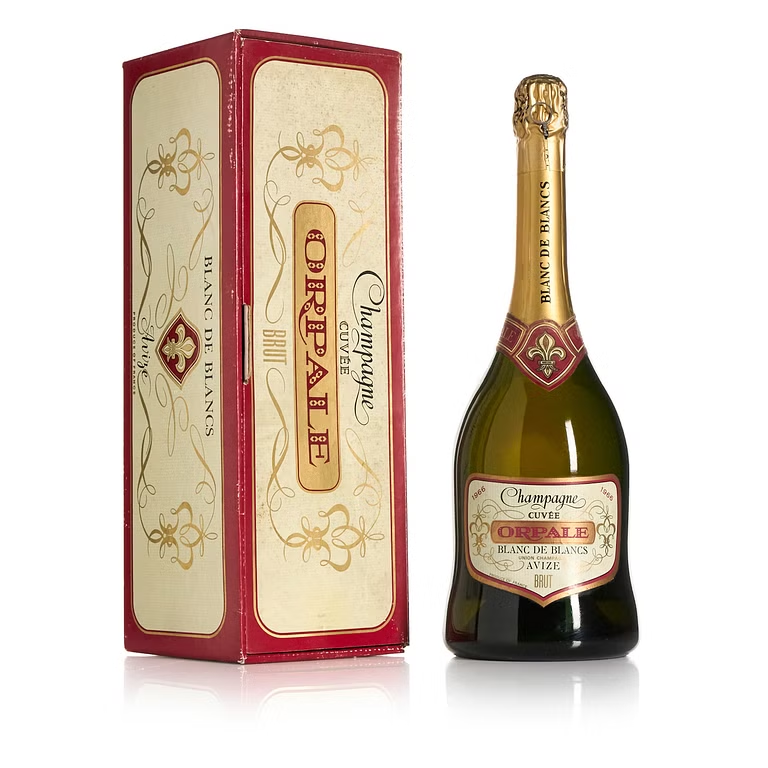
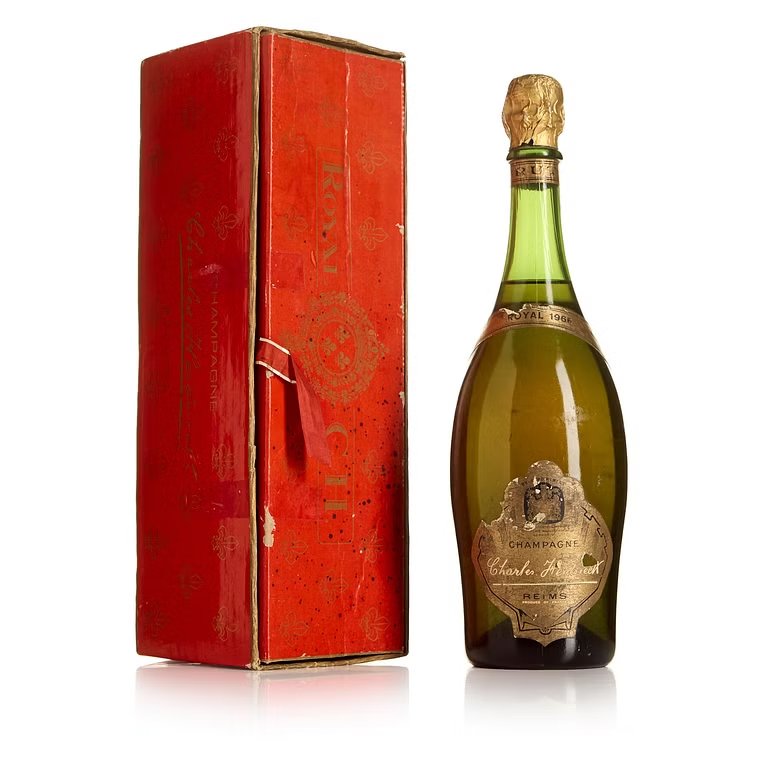
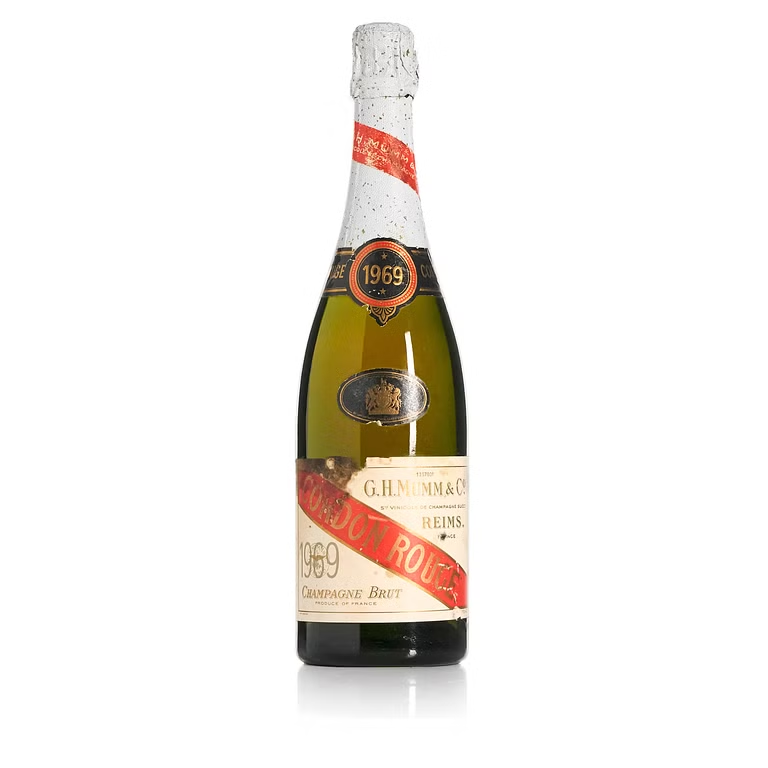
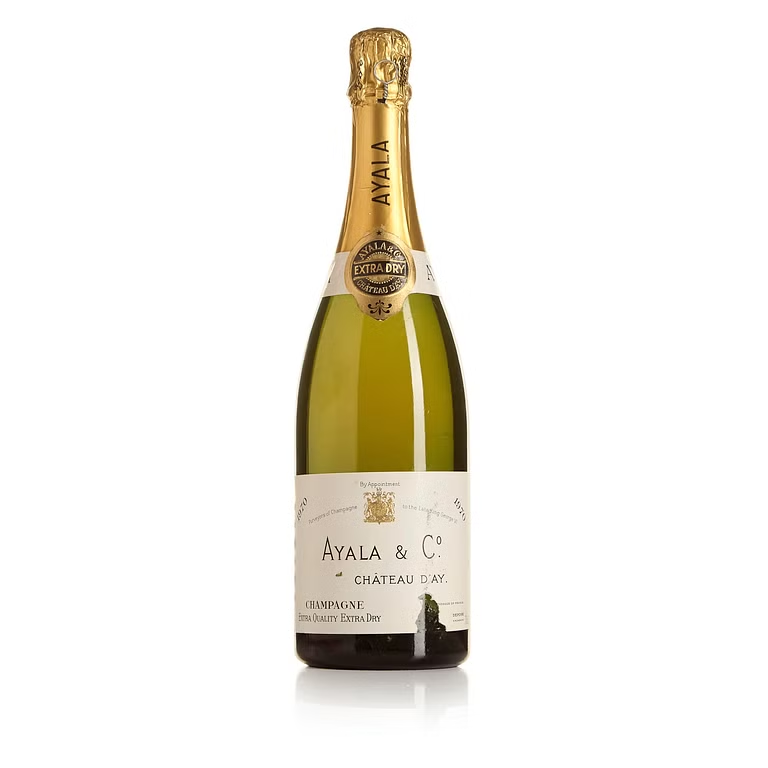

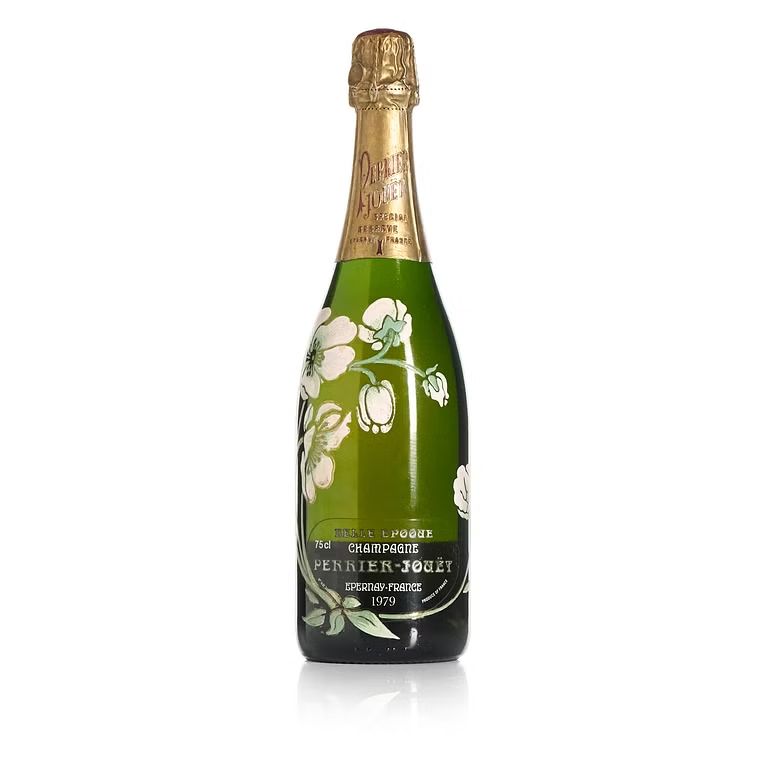
Part II: Navigating the Market: The Investable Champagnes
Not all Champagne is created equal, and not all of it is suitable for investment. The market is highly concentrated, focusing on a select group of producers and their most prestigious cuvées. These are the names that have consistently demonstrated a track record of quality, a commitment to excellence, and an exceptional ability to age.
The Grand Marques: Pillars of the Investment Market
The foundation of any serious Champagne investment portfolio rests on a handful of iconic names, each representing a unique style and heritage.
- Dom Pérignon (Moët & Chandon): As the quintessential prestige cuvée, Dom Pérignon is the undisputed cornerstone of the Champagne investment market. Its name, synonymous with luxury and perfection, ensures a global following. The wines are consistently excellent, and the house’s marketing genius has made it a symbol of taste and sophistication. The most sought-after vintages, such as the legendary 1996, 2002, 2008, and the upcoming 2012, show remarkable price appreciation over time. Dom Pérignon is the perfect entry point for any collector, offering both liquidity and a consistent upward trajectory in value.
- Cristal (Louis Roederer): With its iconic flat-bottomed bottle and clear glass, Cristal is a symbol of absolute exclusivity. Created in 1876 for Tsar Alexander II of Russia, it maintains its reputation for uncompromising quality and a distinct, precise style. The wine’s aristocratic heritage, combined with its limited production and stellar critical reviews, makes it one of the most bankable assets in the market. The highly-rated 2008 and 2012 vintages are particularly strong investment picks.
- Krug: The house of Krug stands apart for its unwavering commitment to craft and its unique philosophy. Rather than focusing on a single vintage, Krug’s flagship Grande Cuvée is a testament to the art of blending, incorporating dozens of wines from multiple vintages to create a Champagne of unmatched complexity and consistency. However, for investors, it is Krug’s vintage Champagne and its single-vineyard bottlings—Clos du Mesnil and Clos d’Ambonnay—that hold the most value. These wines are produced in minuscule quantities and represent the pinnacle of rarity. Investing in Krug is a bet on timeless excellence and profound scarcity.
- Salon: A true “unicorn” wine, Salon is a legend of the Champagne world. It is produced in an incredibly small quantity, only in the very best vintage years, and always as a blanc de blancs (100% Chardonnay). This extreme rarity, combined with its reputation for an almost ethereal purity and an ability to age for decades, makes Salon a collector’s dream. Its release is a major event, and a well-stored bottle from a great vintage, like the iconic 2002, commands a premium that few other wines can match.
- Pol Roger Cuvée Sir Winston Churchill: Named in honor of the legendary statesman who was a lifelong devotee of the house, this wine embodies elegance, power, and a distinctly British sense of reserve. It is a full-bodied, rich, and remarkably age-worthy Champagne that continues to climb in value as a testament to its quality and its unique, historical association. The 2008 and 2012 vintages are considered particularly strong investment prospects.
- Taittinger Comtes de Champagne: Widely regarded as one of the finest blanc de blancs in existence, Comtes de Champagne is known for its finesse, delicacy, and incredible aging potential. The wine’s aristocratic pedigree, coupled with its limited production and a consistently high-quality track record, makes it a top-tier investment. A perfectly stored bottle from a great vintage, like the 2008, offers a fantastic blend of elegance and financial returns.
The Grower Revolution: The New Frontier of Investment
While the Grand Marques have long defined the investment landscape, a seismic shift has occurred in recent years with the rise of Grower Champagnes. These are the artisanal champions of the region, the small, family-owned producers who grow their own grapes and craft their own wines. Their emergence has created a vibrant new market segment, offering unique styles, profound expressions of terroir, and a compelling investment case.
What is a Grower Champagne?
You can identify a true grower Champagne by the letters “RM” (Récoltant-Manipulant) on the bottle’s label, a code that signifies that the producer makes wine exclusively from grapes grown in their own vineyards. In stark contrast to the Grand Marques, which often blend grapes from hundreds of different plots across the region to maintain a consistent “house style,” growers prioritize showcasing the character of a specific vineyard, a single village, or even a single parcel. This results in Champagnes that are not just beautiful, but also intensely individual and authentic.
The Investment Appeal of Grower Champagnes
For the savvy investor, grower champagnes offer a different, but no less rewarding, proposition than their larger counterparts.
- Extreme Scarcity: By definition, a grower’s production is limited to the yield of their own land, which is often a tiny fraction of what a big house produces. This inherent scarcity makes their top cuvées highly sought after and drives significant price appreciation as they become rarer.
- Cult-like Following: The focus on a specific terroir and a distinct, artisanal style has earned a handful of growers a passionate, cult-like following among collectors and connoisseurs. These wines are often described as “Burgundy with bubbles” because of their profound sense of place and their ability to command prices that rival some of the top Grand Marques.
- Higher Returns: While the Grand Marques offer stability and liquidity, the most coveted grower champagnes can deliver even more spectacular returns. A well-timed investment in a specific vintage from a top grower can yield triple-digit percentage gains in just a few years.
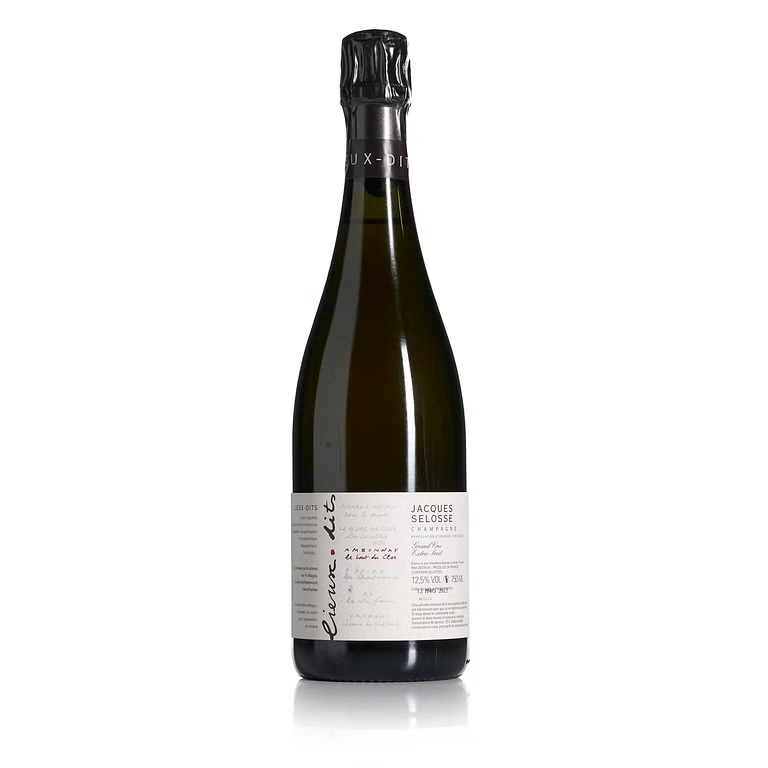

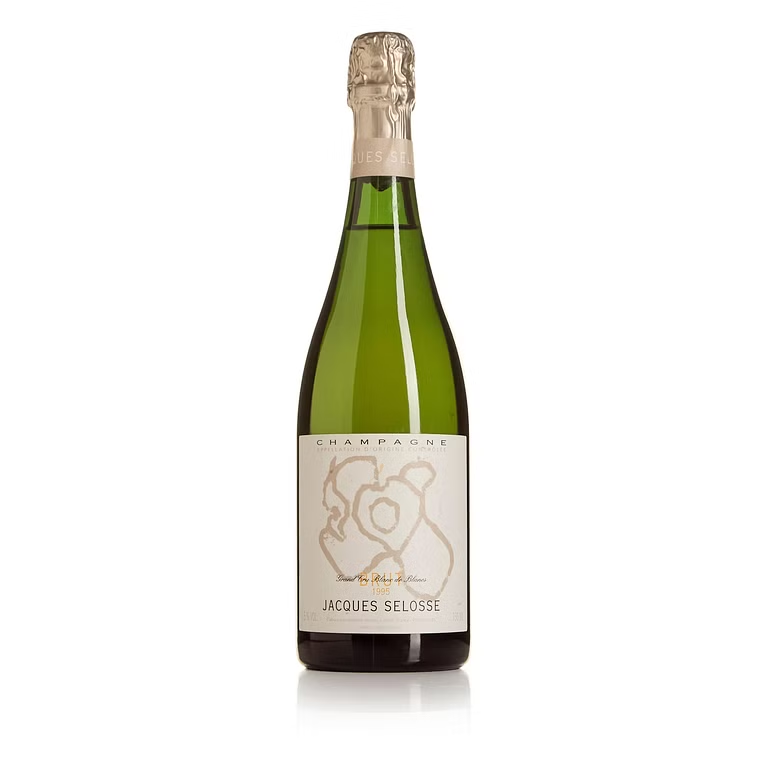
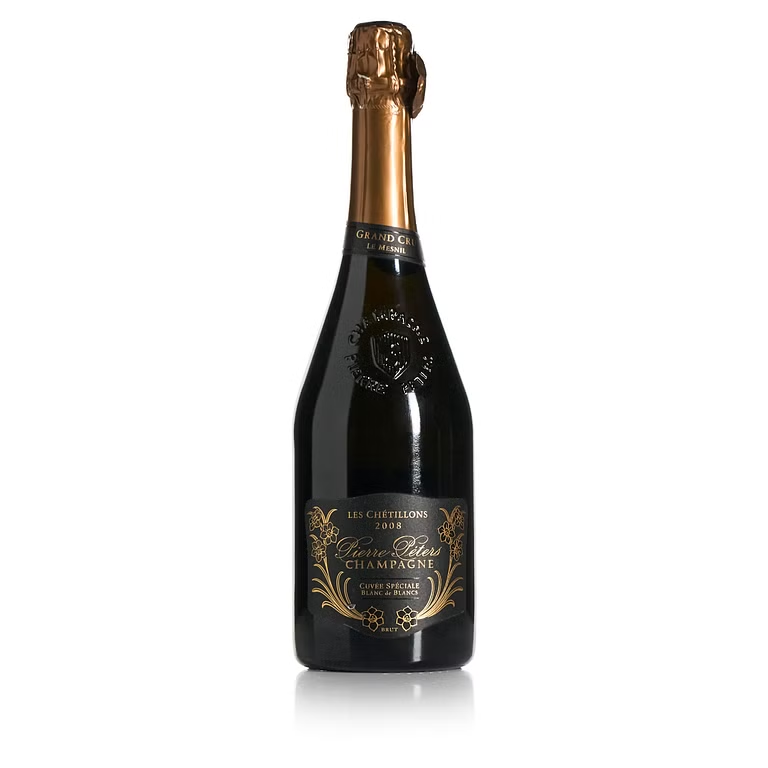
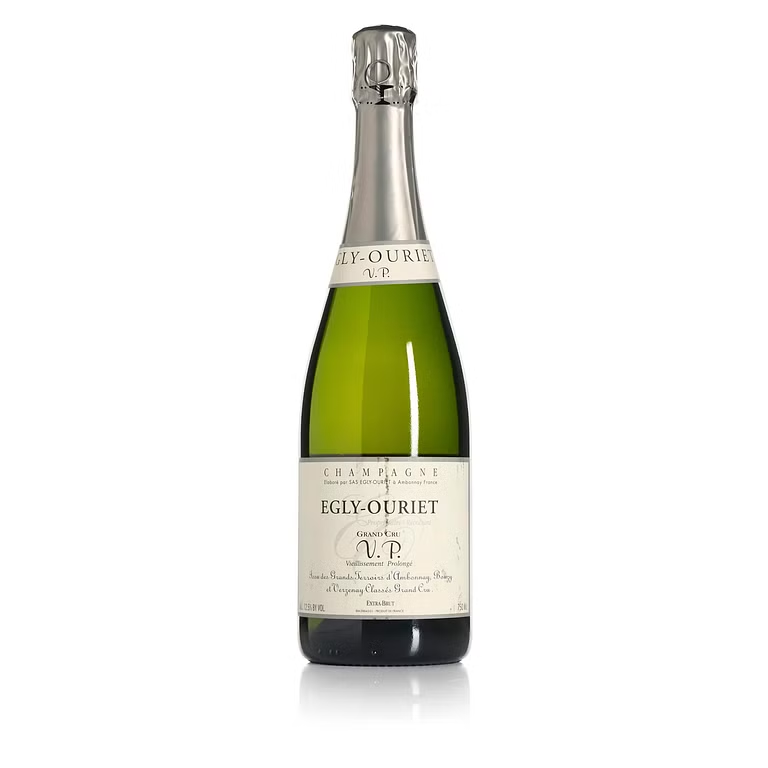

Top Grower Champagnes to Invest In
While many excellent growers exist, a handful have consistently risen to the top, becoming must-haves for any serious investor.
- Jacques Selosse: The undeniable king of the grower movement. Under the legendary Anselme Selosse, this house pioneered a radical, terroir-driven approach and a unique, oxidative winemaking style that has made its wines some of the most profound and expensive in the world. Selosse’s flagship Substance and single-vineyard bottlings from its Lieux-Dits series are legendary and command astronomical prices. Owning a bottle of Selosse is not just an investment; it is a statement.
- Egly-Ouriet: A grower that epitomizes the “Burgundy with bubbles” ethos. Based in the Grand Cru village of Ambonnay, Egly-Ouriet focuses on low yields, old vines, and extended lees aging to produce wines of immense concentration, richness, and power. The Les Crayères Blanc de Noirs is a benchmark for Pinot Noir-based Champagne, offering an unparalleled sense of place and a track record of incredible aging potential.
- Jérôme Prévost (La Closerie): Specializing almost exclusively in the Pinot Meunier grape, a variety often overlooked by the big houses, Prévost has created a global sensation. His single-vineyard Les Beguinesis a testament to the fact that this grape, when handled with meticulous care and a minimal-intervention philosophy, can produce a wine of startling complexity and depth. The tiny production and enormous demand make this one of the most difficult and rewarding wines to acquire.
- Agrapart et Fils: A master of the Côte des Blancs, Pascal Agrapart is renowned for his precise, chalk-driven Champagnes. His single-vineyard expressions, such as Minéral and Avizoise, beautifully capture the unique character of the Grand Cru villages of Avize and Cramant. His flagship cuvée, Vénus, is made from a single, un-grafted plot and is a stunning example of purity and terroir, making it a highly sought-after collector’s item.
- Ulysse Collin: A star of the new generation, Olivier Collin learned from the master, Anselme Selosse, and has applied his own unique vision to his wines. His single-vineyard, low-dosage Champagnes are known for their stunning purity and expression of terroir. The wines from his Les Pierrières and Les Roises vineyards have a devoted following and a reputation for rapid price appreciation on the secondary market.
Part III: The Practicalities: How to Invest in Champagne
Once you have identified the wines, the next step is to understand the mechanics of the market. This is where a strategic approach and a focus on detail become paramount.
Sourcing and Provenance
The single most important factor in the value of an investment-grade bottle is its provenance. This refers to a wine’s documented history of ownership and, most importantly, storage. A bottle with a perfect provenance—one that has been stored in a climate-controlled, professional environment since its release—will always command a premium.
- Reputable Merchants and Brokers: The best way to acquire investment-grade Champagne is through established, reputable merchants who specialize in fine wine. They have access to new releases and can often source older vintages with a clear chain of custody.
- Auction Houses: Major auction houses like Sotheby’s and Christie’s hold regular fine wine auctions where you can find older and rarer vintages. Buying at auction can be an excellent way to acquire a specific bottle, but it is essential to do your research on the lot’s provenance.
The Non-Negotiable: Professional Storage
For a wine to increase in value, it must age gracefully. This is impossible without professional, climate-controlled storage. Storing a wine in a kitchen cellar, a closet, or a basement, no matter how cool, is an investment killer.
The industry standard is to store investment-grade wine “in bond” in a professional, insured warehouse. These facilities maintain perfect temperature (12-14°C) and humidity (70-80%) to ensure the wine’s condition. This method also offers a significant tax advantage: the wine is stored without paying VAT or duty, which are only due if and when the wine is removed from the warehouse. This allows for a more efficient sale on the secondary market.
The Power of the Magnum
For the serious collector, the most coveted format for investment is the magnum. A magnum (1.5 liters, the equivalent of two standard bottles) is not just a larger bottle; it is a better one for aging. The ratio of wine to oxygen in the bottle is smaller, which slows down the aging process, allowing the wine to develop more complexity and character over a longer period. Magnums are also rarer and more in-demand than standard bottles, which often leads to a disproportionate price premium on the secondary market.
Part IV: Beyond the Numbers: The Philosophy of a Collector
While the financial returns of Champagne investment are compelling, for the true enthusiast, the journey is about more than just numbers. It is about a deeper appreciation for the art and science behind the bubbles. It is about understanding the subtleties of a vintage, the unique characteristics of a specific terroir, and the hand of a master winemaker.
The ultimate reward is not found in the portfolio statement but in the silent promise of a bottle waiting patiently in the cellar. It is the joy of knowing that a 2008 Pol Roger Cuvée Sir Winston Churchill, a wine of extraordinary concentration and power, is aging gracefully, becoming more profound with each passing year. It is the anticipation of uncorking a 2002 Dom Pérignon and experiencing the perfect harmony of freshness and maturity.
For the Richard Juhlin Champagne Club, this is a conversation that resonates deeply. It is a philosophy that sees value not just in monetary terms, but in the experience, the history, and the liquid poetry within each bottle. Investing in Champagne is a unique opportunity to marry the intellectual rigor of a savvy investor with the refined palate of a true connoisseur. It is an investment in beauty, in tradition, and in the enduring legacy of one of the world’s most exquisite pleasures.
In a world filled with ephemeral trends, a well-chosen bottle of Champagne stands as a testament to the timeless nature of quality. It is a tangible asset that appreciates in both value and taste, a quiet celebration waiting to happen. For the savvy collector, it is, quite simply, liquid gold.


